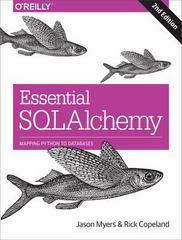Answered step by step
Verified Expert Solution
Question
1 Approved Answer
Using these numbers: answer this question please: A continuous-time LTI system at rest (IC=0) has input forcing: xin(t)=e6tu(t) and system differential equation, y(t)+4y(t)+3y(t)=xin(t)+2xin(t) s=3=s(s+1)(s+6)(s+2)s=3=3(3+1)(s3+4)(3+2)=181Ds=6=s(s+1)(s+1)(s+2)s=6=6x5x3(6+2)=6+s+34=452Y(s)=sy9s+1V10s+3V16+s+62/45 opply

Using these numbers:

answer this question please:

Step by Step Solution
There are 3 Steps involved in it
Step: 1

Get Instant Access to Expert-Tailored Solutions
See step-by-step solutions with expert insights and AI powered tools for academic success
Step: 2

Step: 3

Ace Your Homework with AI
Get the answers you need in no time with our AI-driven, step-by-step assistance
Get Started


